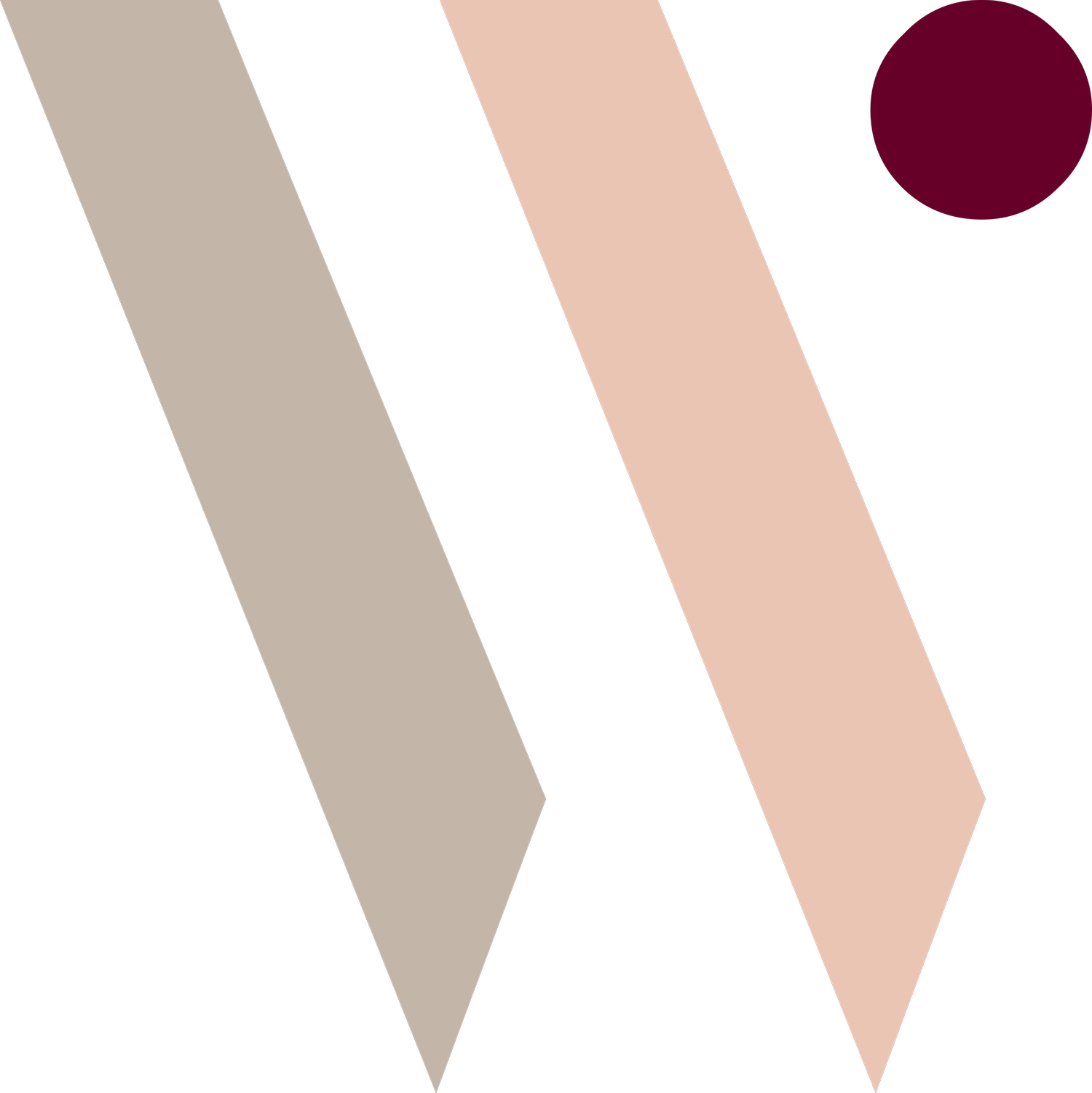take a break
I got married and lived in Spain for a few years. And, believe you me, it’s a country that takes its siesta seriously. I used to think it was a myth or an ignorant stereotype, but it’s really true. Stores unapologetically shut down for those precious afternoon hours when I used to really need to buy diapers for my daughter. My father-in-law calls this refreshing ritual his “horizontal yoga session”. Even though we have now been in the US for almost 5 years, my husband still indulges in a satisfying nap on the weekends while I wish I had the discipline to do the same (instead of angsting about all the work that needs to get done).
I wish I could tell you that I learned this wonderful habit of napping while living in Spain. But it’s been a failed experiment because I’m conflicted and ultimately seduced by the idea of making efficient use of time. I mean, imagine how many emails I could clear in 15 minutes? We’ve all heard about all the wonderful attributes of taking a power nap. It’s not very controversial, right? It’s good for your brain, body and spirit and you only need 10-20 minutes of commitment.
But the source of my failure in this department isn’t that I see no good coming out of it. I just don’t know how I can possibly stop the flow of the day (that often seems beyond my control) and close my eyes for even 10 minutes. It seems harder than trying to stop a runaway train with my bare hands.
Never mind a full-on power nap, I can’t even follow through on 10 minutes of meditation. I preach about the wonders of this practice, but again, how do you break up the day so that you can actually take a break? I even tried (without much success) an app that claims to help you block time. I tried setting a daily alarm. I tried sticky notes. All a dismal failure.
So, these days, I’m devising a sneaky plan to build a natural break into my day without actually feeling like I need to stop what I’m doing and head to bed. Never mind any rituals or products that people suggest (oil cleanse? the nap dress? who are these people?). I’m using my 10-20 minute shut-eye time to let my brain work on some questions or issues I’m trying to figure out in my work, without feeling like I should be googling something or creating a spreadsheet to solve a problem. Instead of equating work with computer (or phone), I’m creating my own ritual of giving my hand-eye coordination a rest and just letting my brain ponder and wander with my eyes closed, in an unstructured setting. It’s a great way to slow down while being creative and being part of the natural flow of the day. If I fall asleep in the process, all the better (don’t forget to set your alarm). This, by the way, is what I end up doing anyway whenever I attempt to meditate. And, this is probably why I come up with great ideas when I’m in the shower. In fact, one of the most common tasks I give to my brain during my un-nap nap time is coming up with topic ideas for the WhiteTable.
I recently heard a snippet of Joyce Carol Oates’ interview where she talks about her creative process that incorporates her daily running and sleeping. She talks about how we humans spend a third of our life in the “surreal” and all the creativity that could rise from that. Apparently Beethoven and Thomas Edison were proponents of naps and came up with some of their best ideas while napping. Similarly, Salvador Dali came up with his own technique and perfected the art of napping.
Forget the delicious jamon iberico and tapas, Spain should really trademark siesta and declare it a UNESCO heritage.
